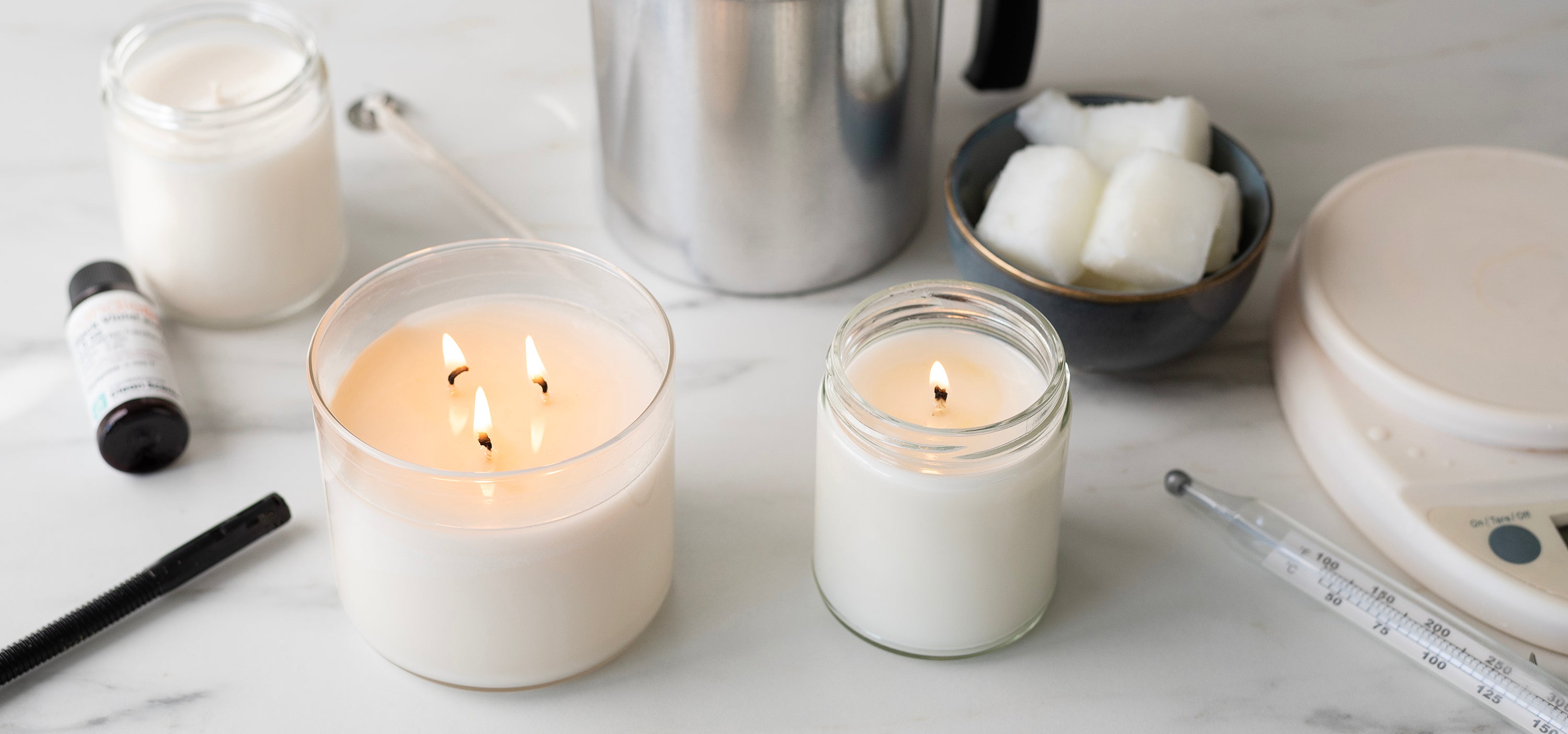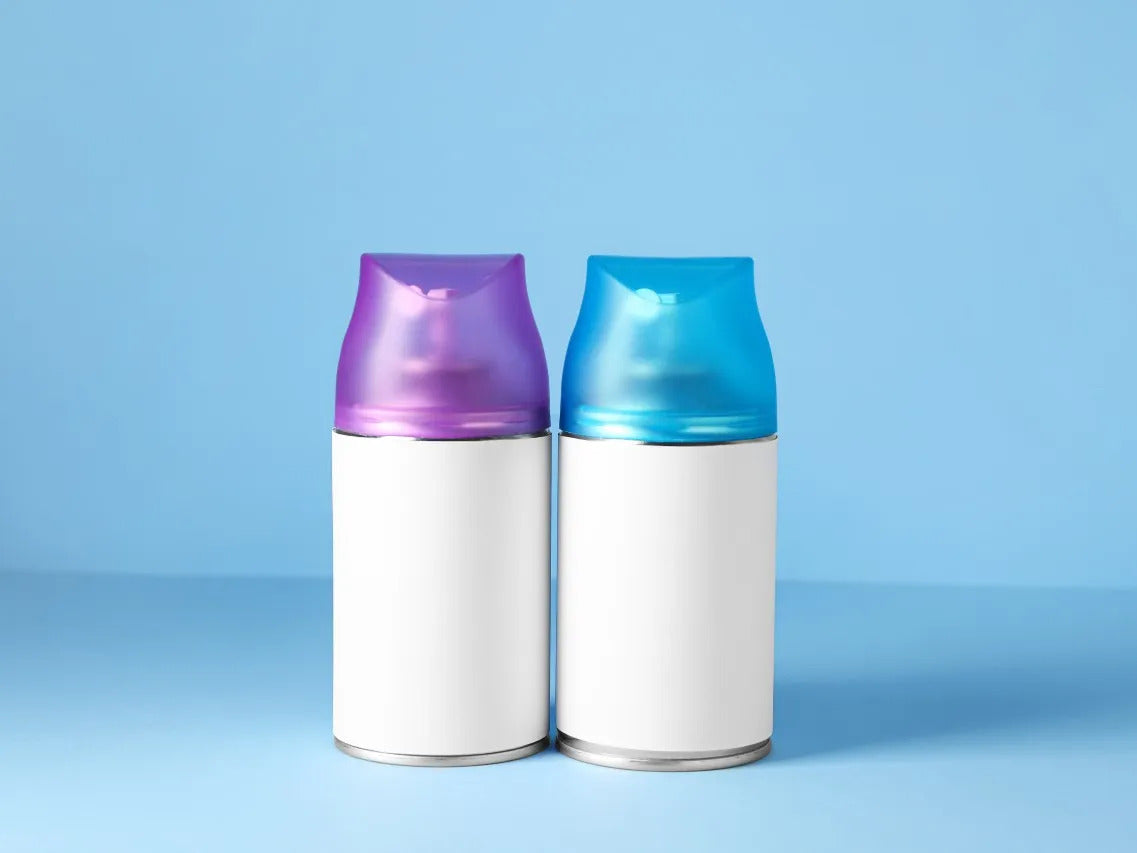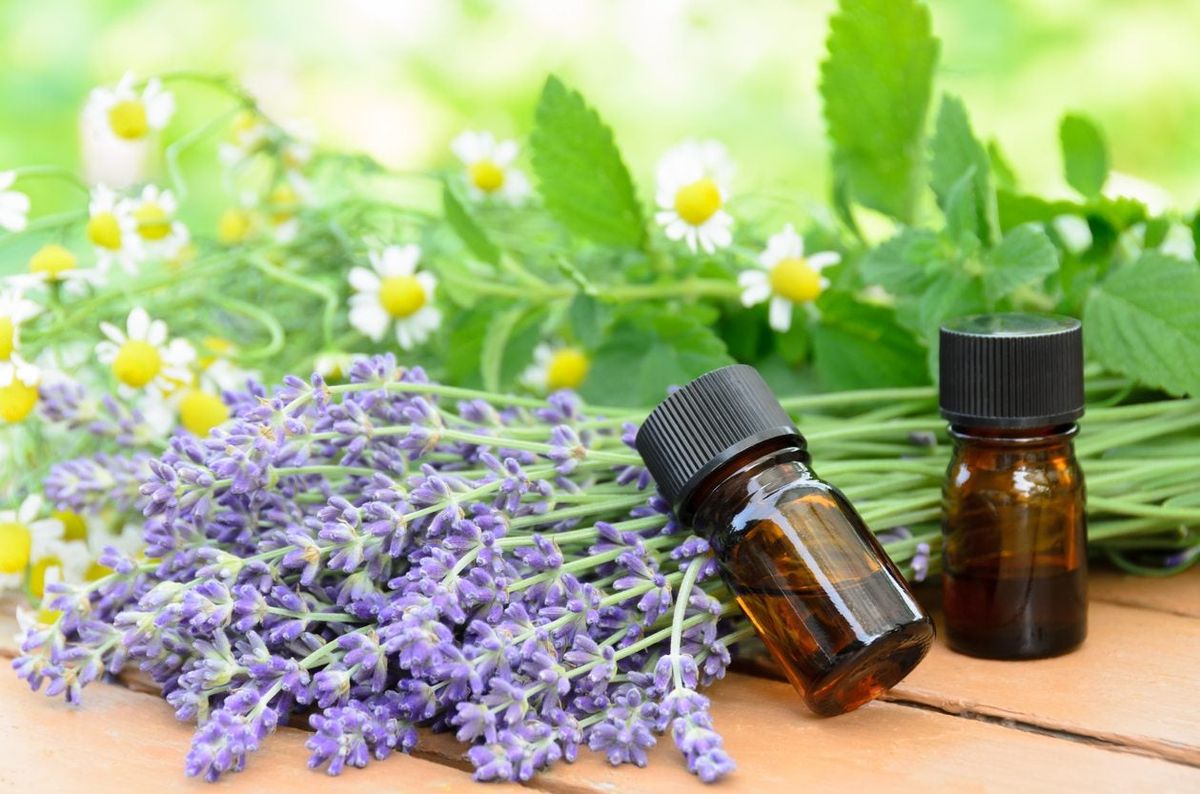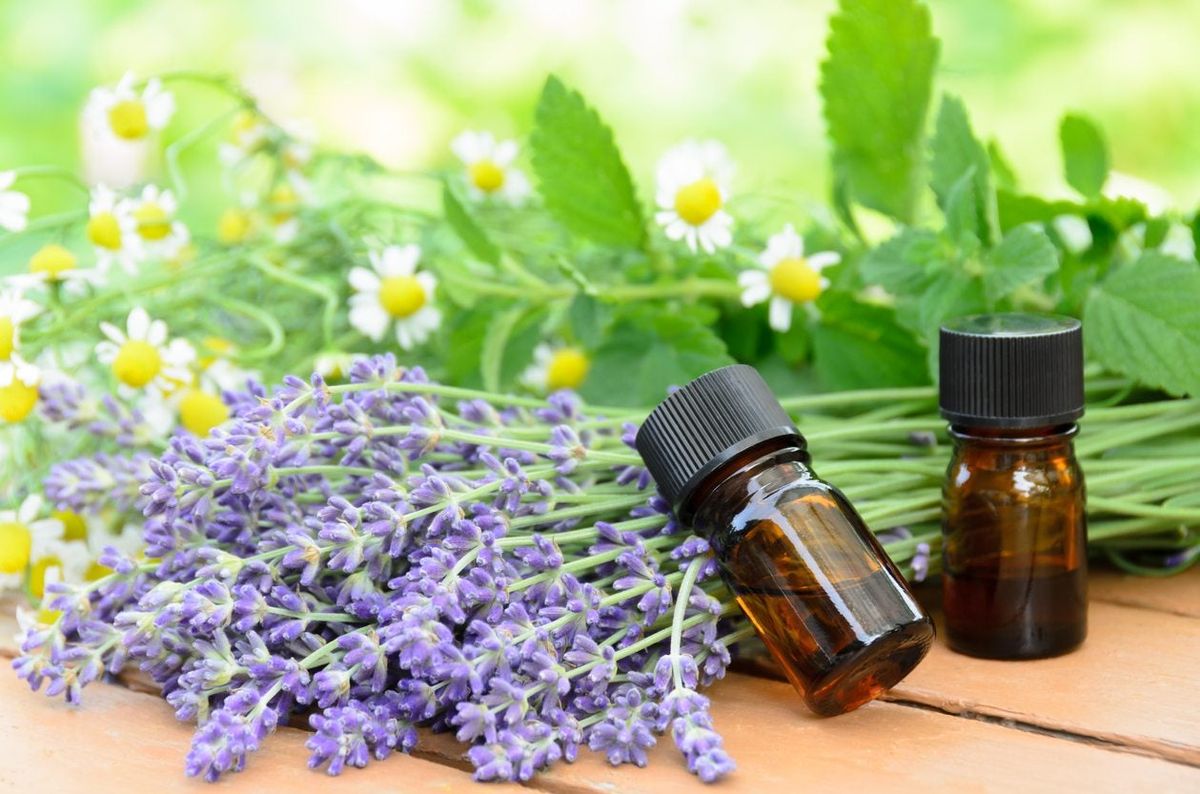Living Good Journal

Candle Scent Throw: Room Size & Humidity Guide
Learn how room size and humidity directly affect your candle’s scent throw—and why switching to a non-toxic beeswax candle makes all the difference for a better burn.
Read more
How to Spot Greenwashing in Candle Marketing
Think your candle is clean? Think again. Learn how to spot greenwashing in the candle industry and choose truly non-toxic candles made with pure beeswax, plant-based oils, and a cotton wick—not hid...
Read more
Why Some Candles Lose Their Scent
Why do some candles lose their scent so quickly? This guide explains how wax quality, fragrance oils, and burn conditions affect performance—and why our strong scented beeswax candles offer a longe...
Read more
Say Goodbye to Air Fresheners for Good
Most air fresheners pollute your home. Learn how beeswax candles clean the air, protect your health, and offer a safe, non-toxic alternative to synthetic scents.
Read more
Are Scented Candles Bad for You? Not When They’re Beeswax
Most scented candles release hidden toxins into your air—but not all candles are created equal. Learn the health risks of paraffin wax and synthetic fragrance oils, and discover why beeswax candles...
Read more
The Dangers of Synthetic Fragrance Oils in Candles
Many store-bought candles hide a toxic secret: synthetic fragrance oils and paraffin wax. These ingredients release harmful chemicals into your home’s air, impacting your health without you even kn...
Read more
Candle Wax Showdown: Beeswax vs. Soy vs. Paraffin
Discover the truth about candle wax and your health. This guide compares beeswax, soy, and paraffin to reveal which is safest for clean air, asthma, and everyday use at home.
Read more
Why We Use Plant-Based Oils in Our Beeswax Candles
Clean air starts with clean ingredients. That’s why the best beeswax candles are made with 100% plant-based derivative oils—never synthetic fragrance. Learn how these natural, non-toxic oils s...
Read more
